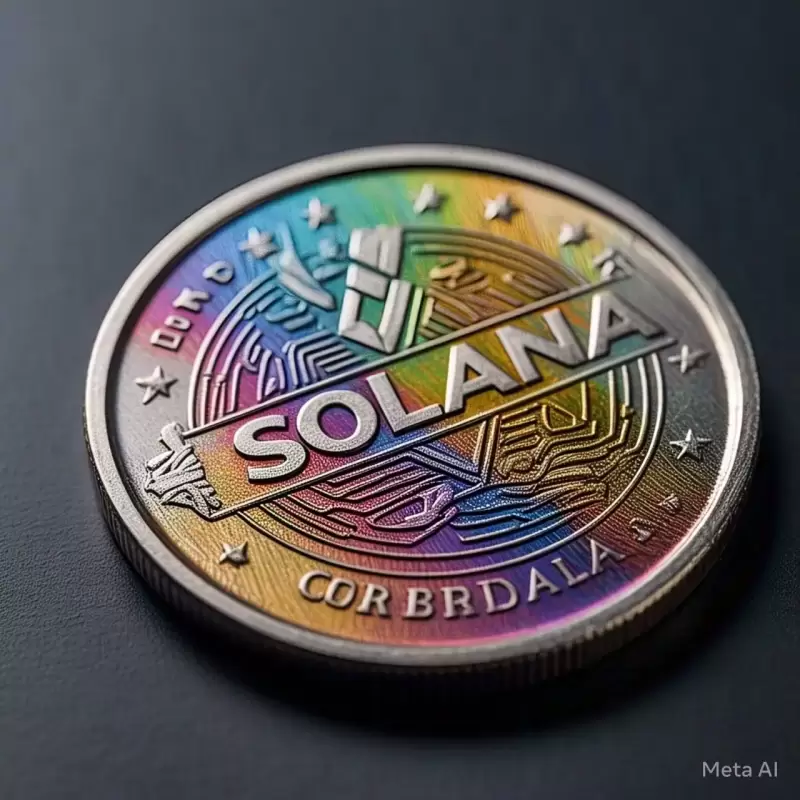 |
|
 |
|
 |
|
 |
|
 |
|
 |
|
 |
|
 |
|
 |
|
 |
|
 |
|
 |
|
 |
|
 |
|
 |
|
Cryptocurrency News Articles
Sonic Labs Scraps Algorithmic Stablecoin Plans Amid Regulatory Pressure
Mar 29, 2025 at 03:00 pm
A week ago, Sonic Labs announced plans to launch an algorithmic USD stablecoin, aiming to introduce a new yield-generating asset for its blockchain.

A week after announcing plans for an algorithmic USD stablecoin, Sonic Labs has scrapped the idea amid increasing regulatory pressure in the U.S., a co-founder said.
In mid-March, Sonic Labs unveiled its stablecoin ambitions, but the company has now decided to pivot.
“We are no longer pursuing a USD-based algorithmic stablecoin,” co-founder Andre Cronje said on social media on Wednesday.
Announcing the pivot, Cronje said that the evolving regulatory landscape had made it unfeasible to proceed further.
“As many of you know, the regulatory environment is rapidly evolving, and the U.S. government is actively working on legislation to regulate stablecoins,” Cronje said.
Unlike traditional stablecoins backed by fiat reserves, algorithmic stablecoins rely on smart contracts to maintain their peg. Such coins came under intense scrutiny following the collapse of Terra’s TerraUSD (UST) in 2022, which sparked broader market fallout.
The U.S. government is speeding up efforts to regulate the stablecoin sector, with both the GENIUS Act and STABLE Act advancing in Congress.
These proposals mandate full reserve backing for stablecoins and effectively sideline algorithmic models.
Cronje added that lobbying efforts are underway to favor the GENIUS Act over the STABLE Act, with lawmakers aiming to finalize stablecoin regulations within two months.
Industry giants like Tether, Circle, and Ripple are also battling to play a key role in the U.S. government’s stablecoin strategy as regulators mull using them to reinforce the dollar’s global dominance.
Disclaimer:info@kdj.com
The information provided is not trading advice. kdj.com does not assume any responsibility for any investments made based on the information provided in this article. Cryptocurrencies are highly volatile and it is highly recommended that you invest with caution after thorough research!
If you believe that the content used on this website infringes your copyright, please contact us immediately (info@kdj.com) and we will delete it promptly.
-

-

-

- Bitcoin (BTC) Is Shaping Up to Be a Pivotal Moment in Global Trade Policy. US President Donald Trump has dubbed it “Liberation Day”
- Apr 01, 2025 at 03:45 am
- April 2 is shaping up to be a pivotal moment in global trade policy. US President Donald Trump has dubbed it “Liberation Day,” in reference to when new tariffs—exceeding 20%—will hit imports from over 25 countries.
-

- A Major Recent Event in the World of Decentralized Finance (DeFi) Has Led to a Huge Sum of USDe (the DeFi Stablecoin) Being Unstaked
- Apr 01, 2025 at 03:45 am
- This will evidently lead to some market surprises with analysts, because the annual percentage yield (APY) for USDe stakers has risen sharply during the same time.
-

-

- Panshibi (SHIBI) Presale Hits $1.28M: 50x Price Surge Predicted Post-Launch
- Apr 01, 2025 at 03:40 am
- Since 2025 began, the race to find the next best cryptocurrency investment keeps heating up, and the question that seems to be on everyone’s lips is, “Which among Hyperliquid, Ondo, or Panshibi is predicted to achieve a 50x gain this year?”
-

-

-




























































